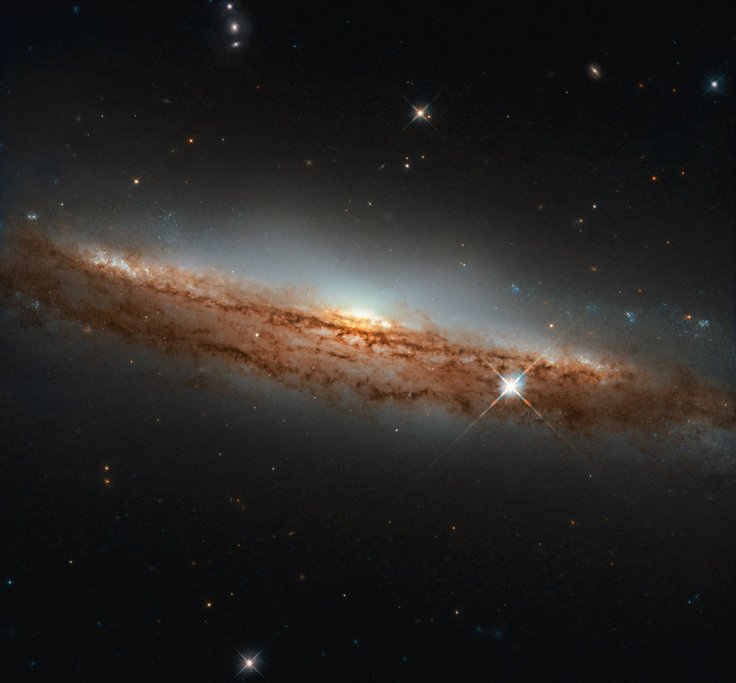
NASA and the European Space Agency's (ESA) Hubble Space Telescope was able to capture a mesmerizing image of a spiral galaxy on its side.
The subject of Hubble's latest photo is the galaxy known as NGC 3717. This galaxy is located within the Hydra constellation and is about 60 million light-years away.
Like Milky Way, NGC 3717 is a spiral galaxy, which means it is also characterized by its spindly arms that seem to rotate from its centre. Usually, spiral galaxies are photographed from the front to show their distinct shape.
In Hubble's latest photo, NGC 3717 can be seen slightly from its side. From this perspective, the ESA noted that the galaxy looks like a pancake. The star-filled bulge in the galaxy's centre can also be seen in the photo.
"Seeing a spiral almost in profile, as Hubble has here, can provide a vivid sense of its three-dimensional shape," the ESA stated in a press release. "Through most of their expanse, spiral galaxies are shaped like a thin pancake."
"At their cores, though, they have bright, spherical, star-filled bulges that extend above and below this disk, giving these galaxies a shape somewhat like that of a flying saucer when they are seen edge-on," the agency added.
According to the ESA, the bulge in the galaxy's centre is only visible in the image because the angle of the photo was slightly tilted when it was taken by Hubble.
"NGC 3717 is not captured perfectly edge-on in this image; the nearer part of the galaxy is tilted ever so slightly down, and the far side tilted up," the ESA explained. "This angle affords a view across the disk and the central bulge (of which only one side is visible)."
The NGC 3717 is the latest cosmic object photographed by Hubble this month. Last week, the space telescope was able to capture a stunning image of a pair of merging galaxies, known as Medusa Merger.
According to the ESA, the Medusa Merger was formed after two galaxies collided with one another. During the collision, the larger of the two galaxies consumed the other one, which was rich in gas.
Aside from the galactic merger, Hubble also spotted a galaxy that's moving rapidly towards Milky Way. Dubbed as Messier 86, the ESA noted that the galaxy is currently moving towards Earth's neighbourhood at an average speed of about 874,000 kilometres per hour.









